Snow Leopards: The Ghosts of the Mountains

These magnificent cats roam the remote peaks of Central Asia, barely ever crossing paths with their own kind. A snow leopard’s territory can stretch across 40 square miles of treacherous mountain terrain. Their thick, smoky-gray coat with dark rosettes makes them nearly invisible against rocky cliffs. With fewer than 4,000 left in the wild, spotting one is like finding a needle in a haystack. They’re so elusive that locals call them “mountain ghosts.” Their incredible jumping ability lets them leap up to 50 feet in a single bound.
Amur Leopards: The World’s Loneliest Big Cat
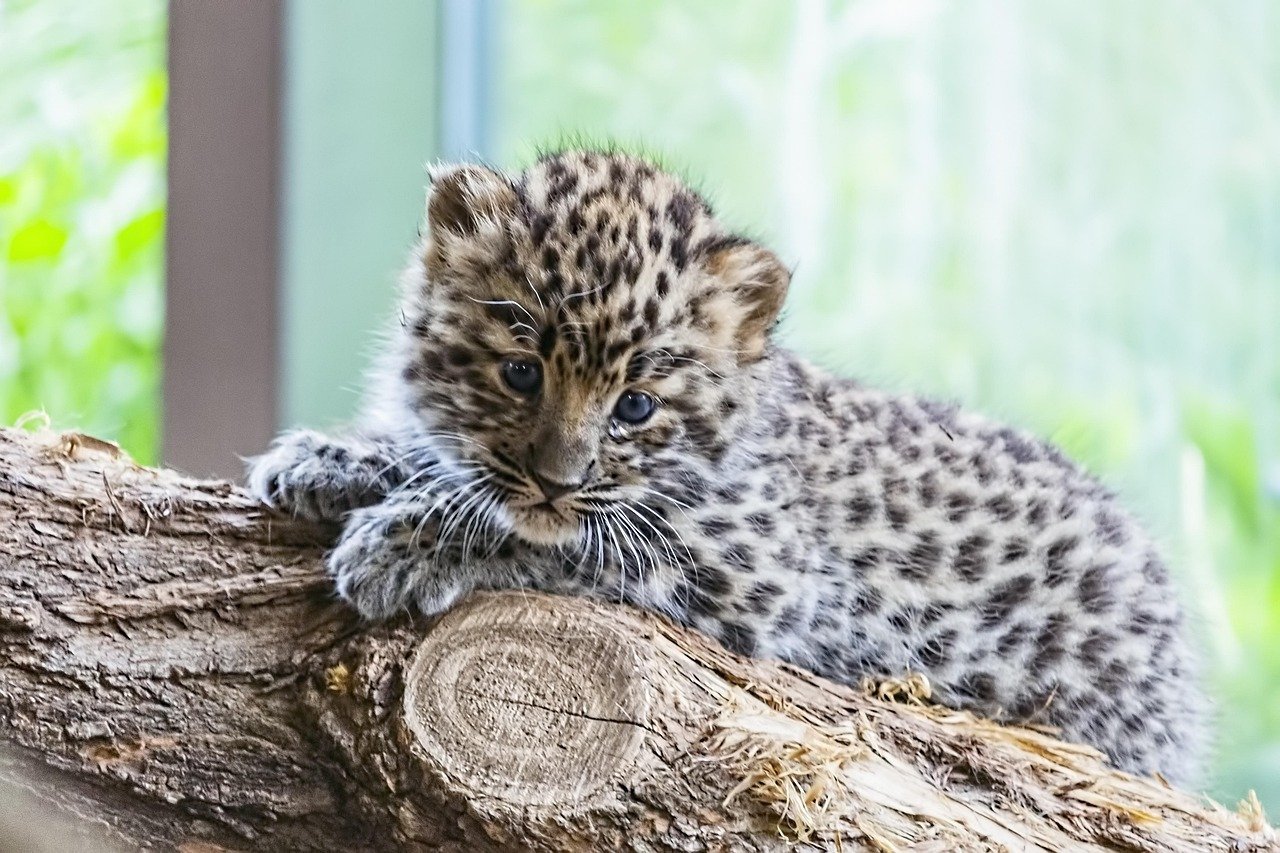
With only around 200 individuals left on Earth, Amur leopards might be the loneliest cats alive. These stunning creatures live in the forests of Russia and China, where winter temperatures drop to -40°F. Each leopard needs about 100 square miles of territory to survive, which means they rarely bump into neighbors. Their beautiful golden coat with black rosettes becomes incredibly thick in winter, making them look like living fur coats. Unlike other leopards, they can run up to 37 miles per hour through snow. Every single Amur leopard is precious beyond measure.
Jaguars: Solitary Swimmers of the Amazon

Jaguars are the ultimate loners of South America, preferring to hunt and live completely alone except during mating season. These powerful cats have the strongest bite force of any big cat, capable of crushing turtle shells and caiman skulls. They’re excellent swimmers and often hunt in rivers, making them unique among big cats. A jaguar’s territory can span up to 25 square miles of dense rainforest. Their spotted coat provides perfect camouflage in the dappled jungle light. Male jaguars will fiercely defend their territory from any intruders.
Tigers: The Striped Hermits of Asia

Tigers are naturally antisocial creatures who avoid each other like the plague outside of breeding time. A single tiger needs between 20 to 400 square miles of territory depending on prey availability. Their iconic orange and black stripes are as unique as human fingerprints, with no two tigers having identical patterns. These solitary hunters prefer to ambush their prey rather than chase it down. Female tigers are slightly more social, but only when raising cubs. The sound of a tiger’s roar can travel up to 2 miles through the forest.
Leopards: Masters of Stealth and Solitude
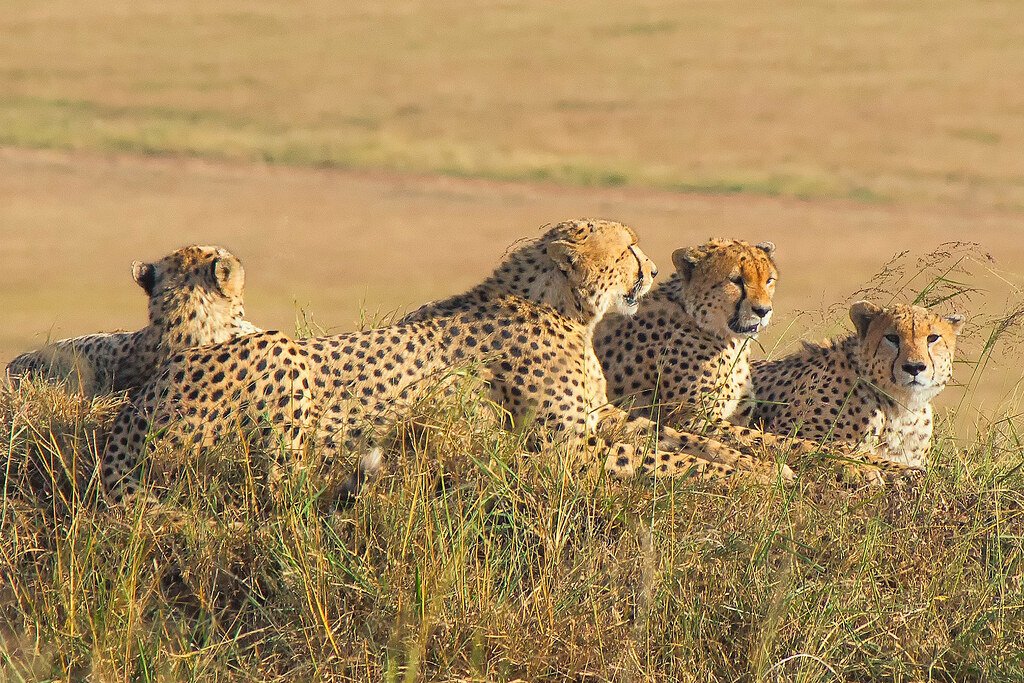
Leopards are perhaps the most adaptable of all big cats, living everywhere from African savannas to Asian mountains, always alone. They’re incredible climbers who often drag their kills up into trees to avoid scavengers. A leopard can carry prey twice its own weight straight up a vertical tree trunk. These cats are active mainly at night, making them even more mysterious and elusive. Their spotted coat pattern helps them blend perfectly with shadows and dappled sunlight. Leopards communicate with other leopards through scent marking rather than direct contact.
Mountain Lions: America’s Silent Stalkers
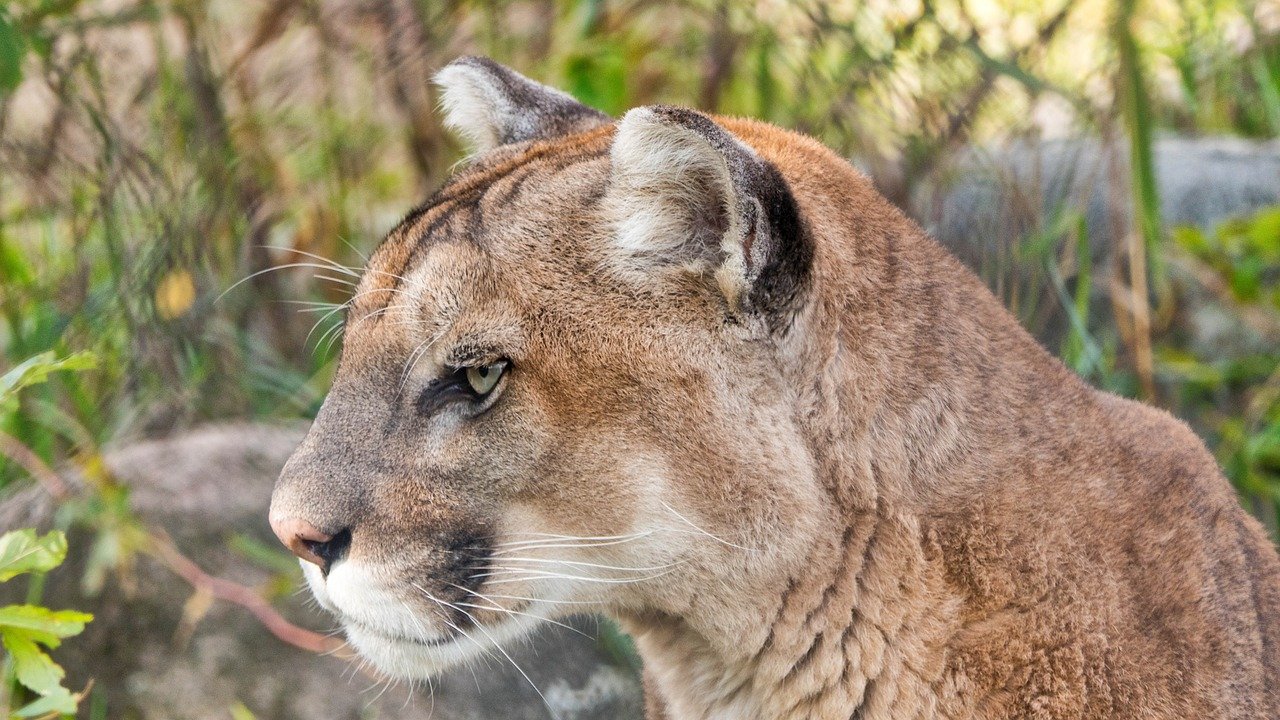
Also known as cougars or pumas, mountain lions are the ultimate introverts of North American wildlife. These cats can leap 40 feet horizontally and 15 feet vertically, making them incredible athletes. They’re found from Canada to South America, always living solitary lives except when females raise their young. Mountain lions are completely silent hunters who can sneak up on prey without making a sound. Their territories can overlap slightly, but they actively avoid meeting face-to-face. These cats can live up to 12 years in the wild, spending most of that time completely alone.
Lynx: The Tufted Loners of the North
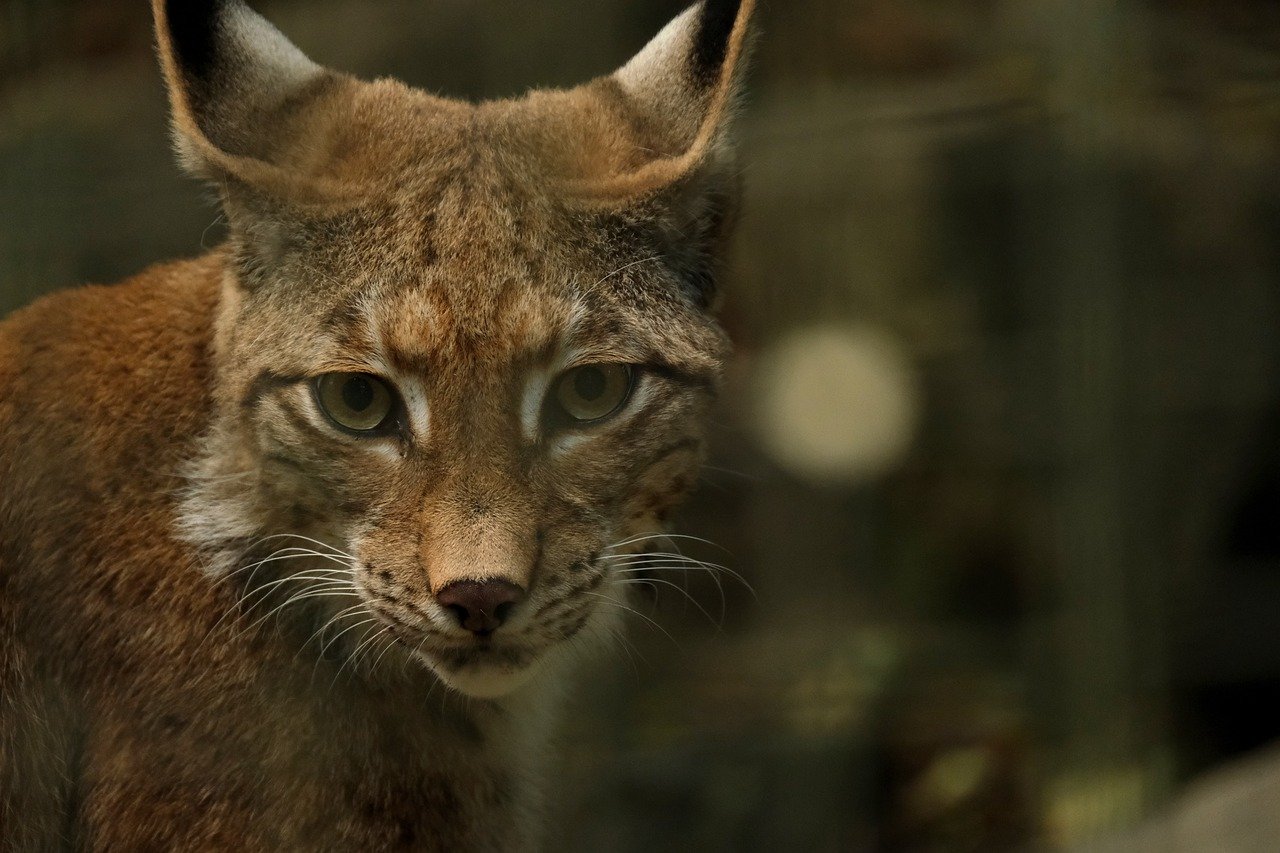
With their distinctive ear tufts and oversized paws, lynx are built for solitary life in cold climates. Their huge, furry paws work like natural snowshoes, helping them walk on top of deep snow. Lynx have exceptional hearing and can detect a mouse moving under two feet of snow. These cats primarily hunt snowshoe hares and can consume up to 200 hares per year. Their thick, grayish-brown coat provides perfect winter camouflage among snow-covered branches. Male lynx territories can cover up to 100 square miles of boreal forest.
Bobcats: Small but Fiercely Independent
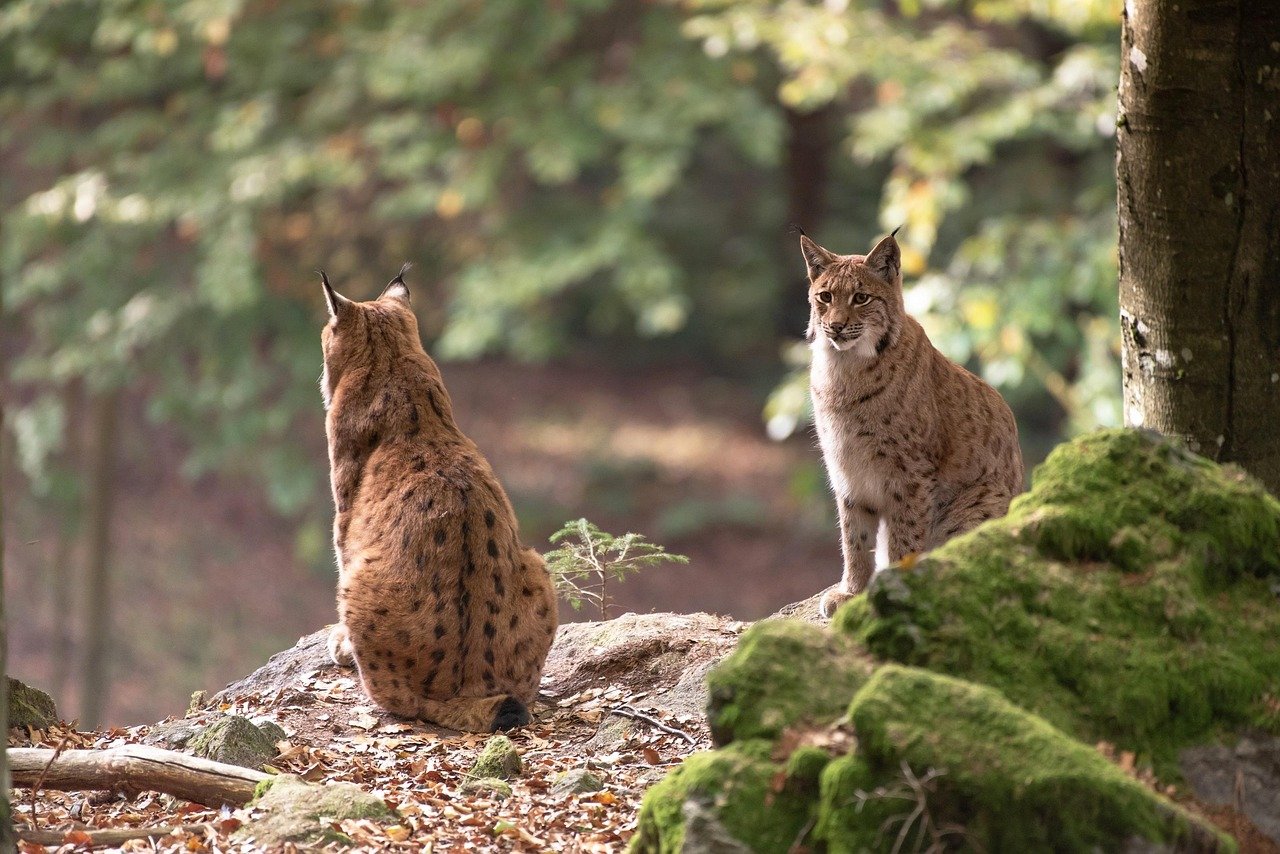
Bobcats might be smaller than their big cat cousins, but they’re just as committed to the solitary lifestyle. These adaptable cats live throughout North America, from swamps to deserts to suburban areas. Their short, “bobbed” tail gives them their name and helps with balance during quick turns while hunting. Bobcats are excellent climbers and swimmers, though they prefer to avoid water when possible. They mark their territories with scent and will aggressively defend their space from other bobcats. A bobcat can survive in territories as small as one square mile if prey is abundant.
Ocelots: The Spotted Jewels of Central America
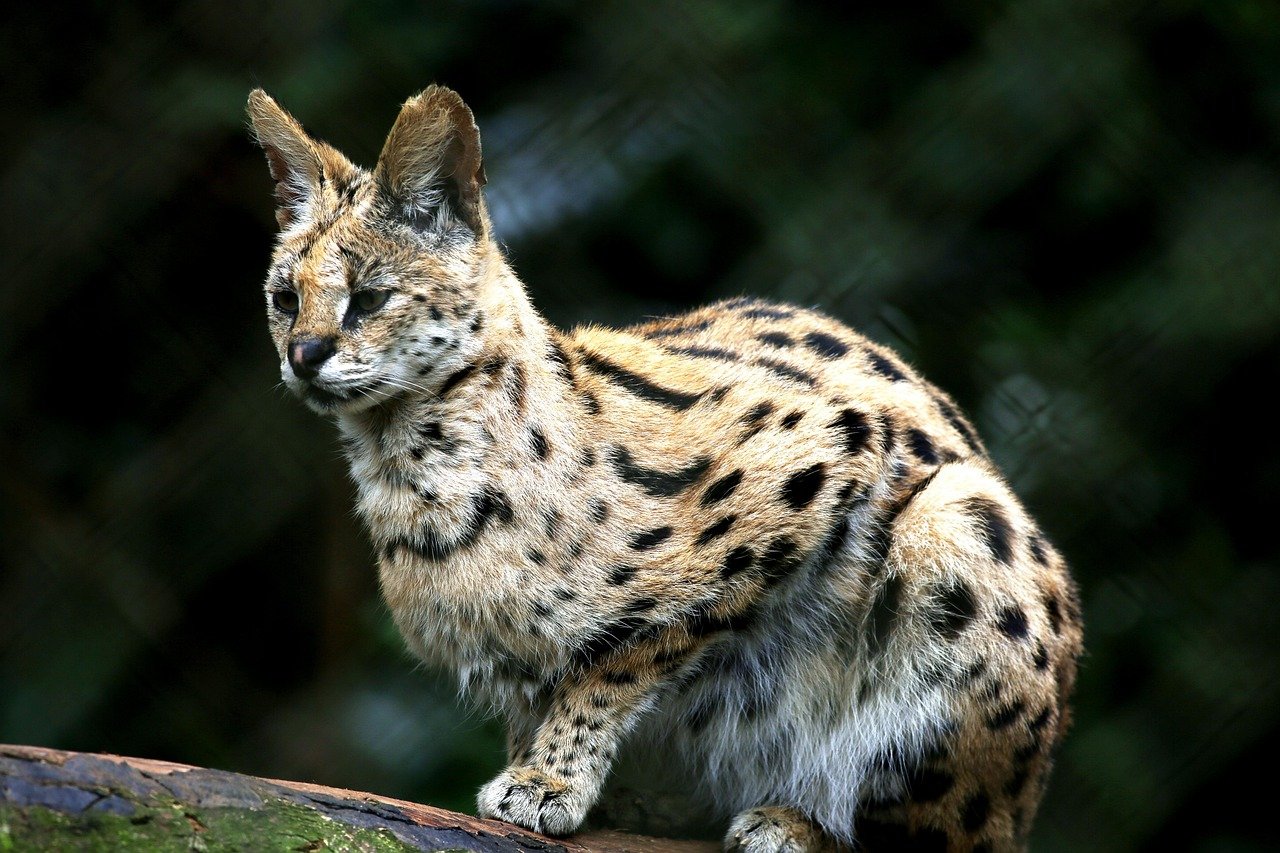
Ocelots are stunning wild cats with golden coats covered in distinctive chain-like markings that make each one unique. These medium-sized cats prefer dense tropical forests where they can hunt alone under cover of darkness. They’re excellent climbers who often sleep in trees during the day, completely hidden from view. Ocelots have incredible night vision that’s six times better than humans, making them perfect nocturnal hunters. Their diet consists mainly of small mammals, birds, and reptiles that they catch with lightning-quick reflexes. Each ocelot needs about 2-3 square miles of territory to find enough food.
Cheetahs: Speed Demons Who Run Solo
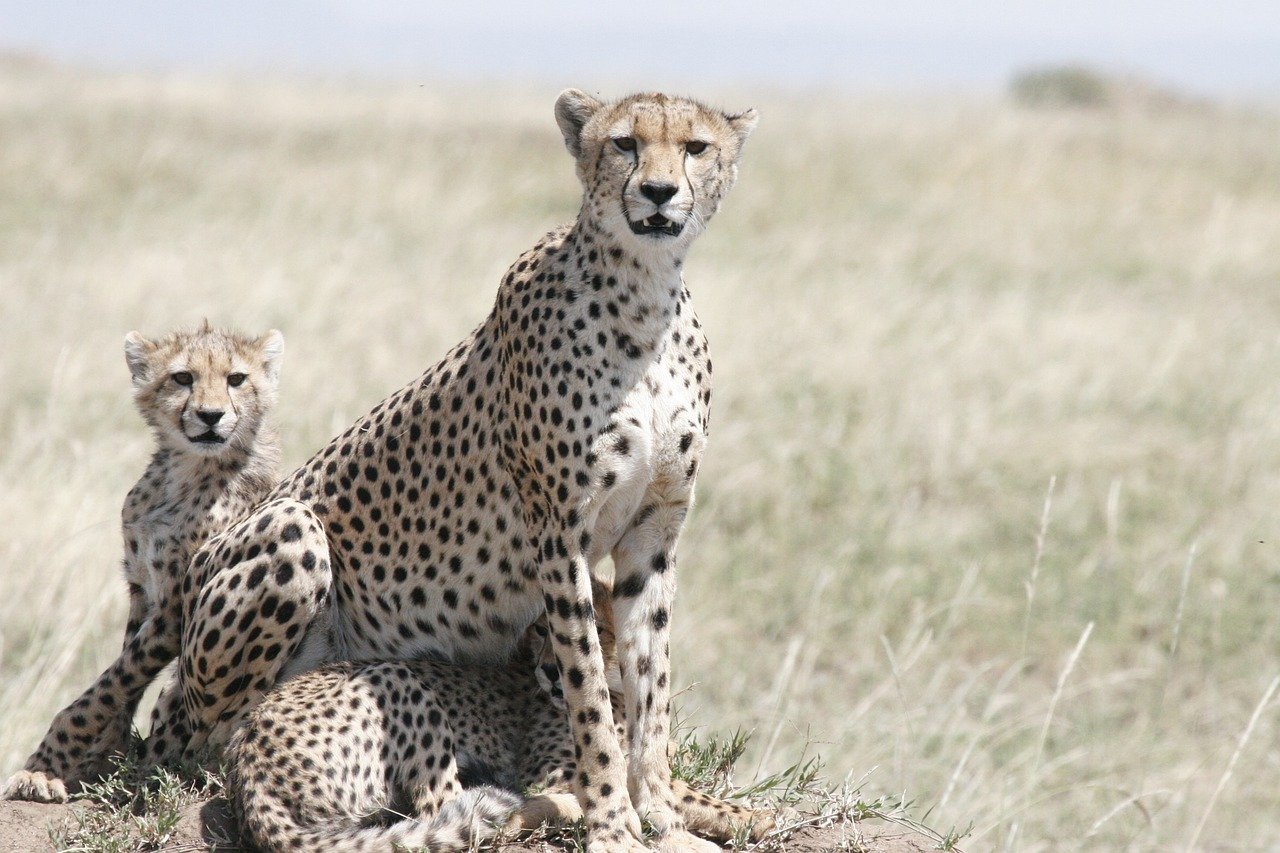
While cheetahs are famous for being the fastest land animals, they’re also surprisingly solitary creatures outside of mother-cub relationships. These incredible cats can accelerate from 0 to 60 mph in just three seconds, faster than most sports cars. Unlike other big cats, cheetahs can’t roar – instead, they chirp, purr, and make bird-like sounds to communicate. Their lightweight build and long legs make them built for speed rather than strength. Female cheetahs raise their cubs alone for up to two years before the young ones venture out on their own. Only about 7,000 cheetahs remain in the wild, making every individual precious.
Which of these magnificent solitary hunters surprised you the most with their independence?
Hi, I’m Bola, a passionate writer and creative strategist with a knack for crafting compelling content that educates, inspires, and connects. Over the years, I’ve honed my skills across various writing fields, including content creation, copywriting, online course development, and video scriptwriting.
When I’m not at my desk, you’ll find me exploring new ideas, reading books, or brainstorming creative ways to solve challenges. I believe that words have the power to transform, and I’m here to help you leverage that power for success.
Thanks for stopping by, Keep coming to this website to checkout new articles form me. You’d always love it!






